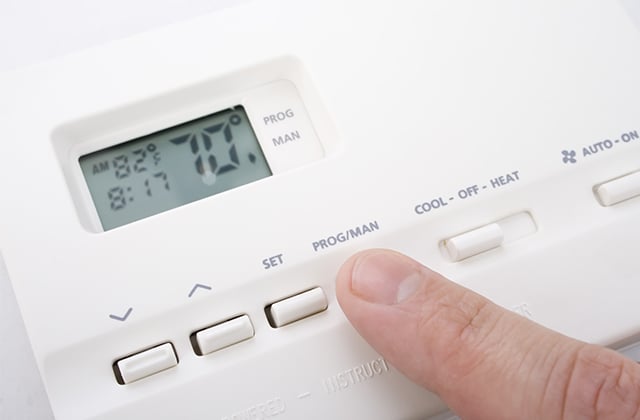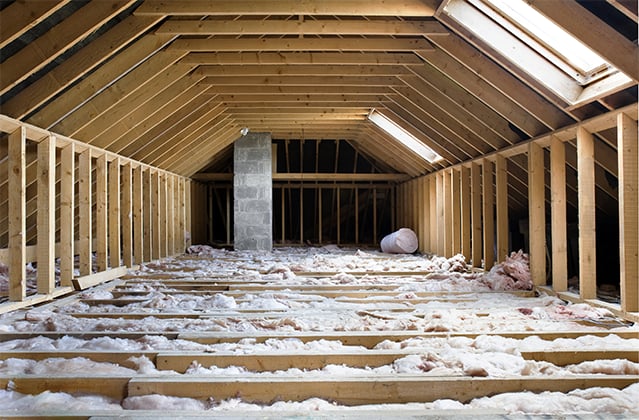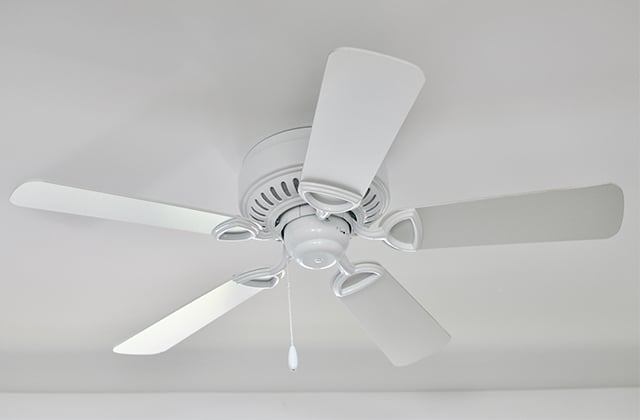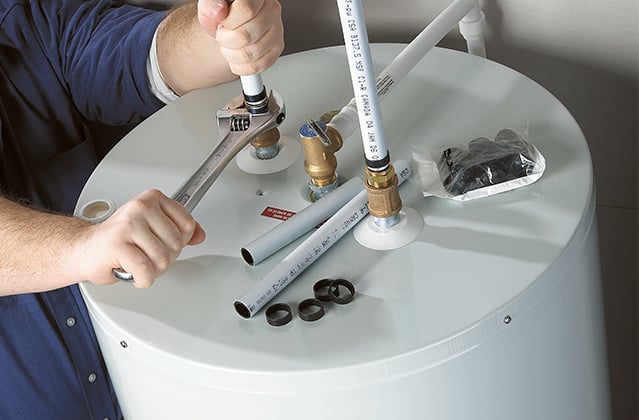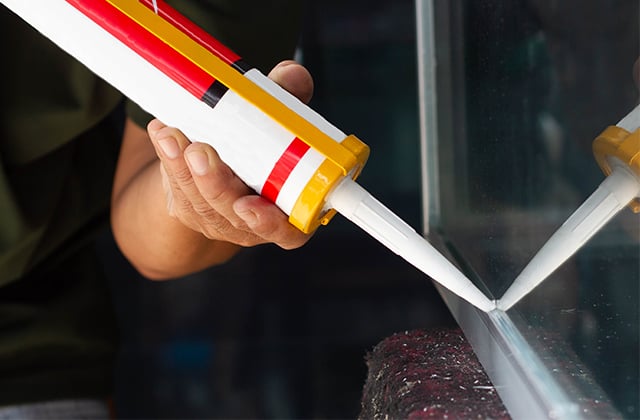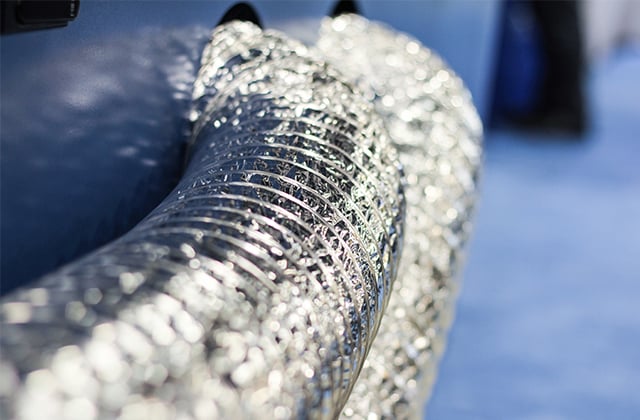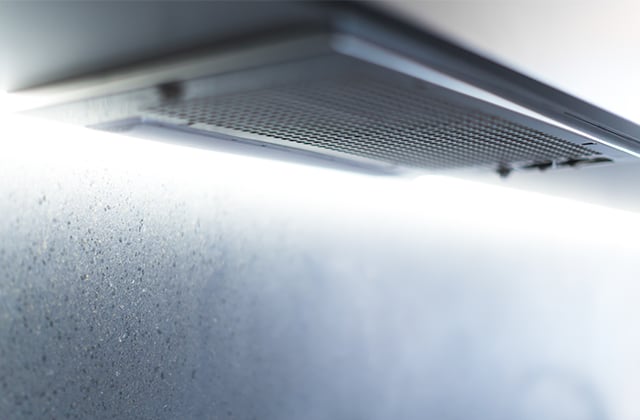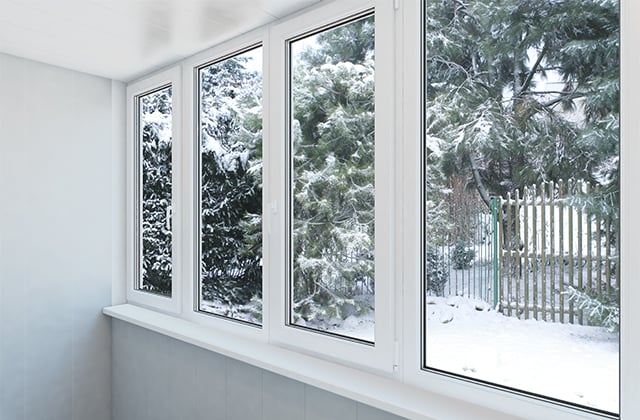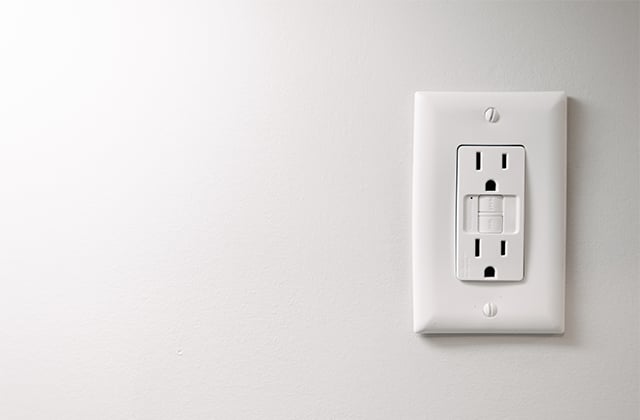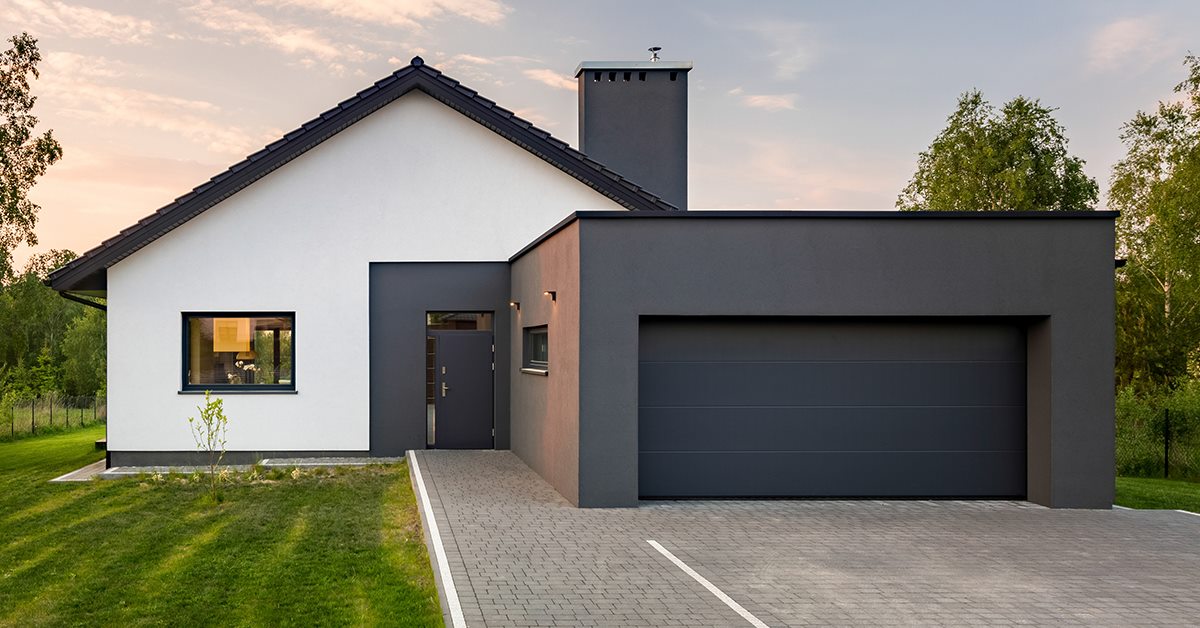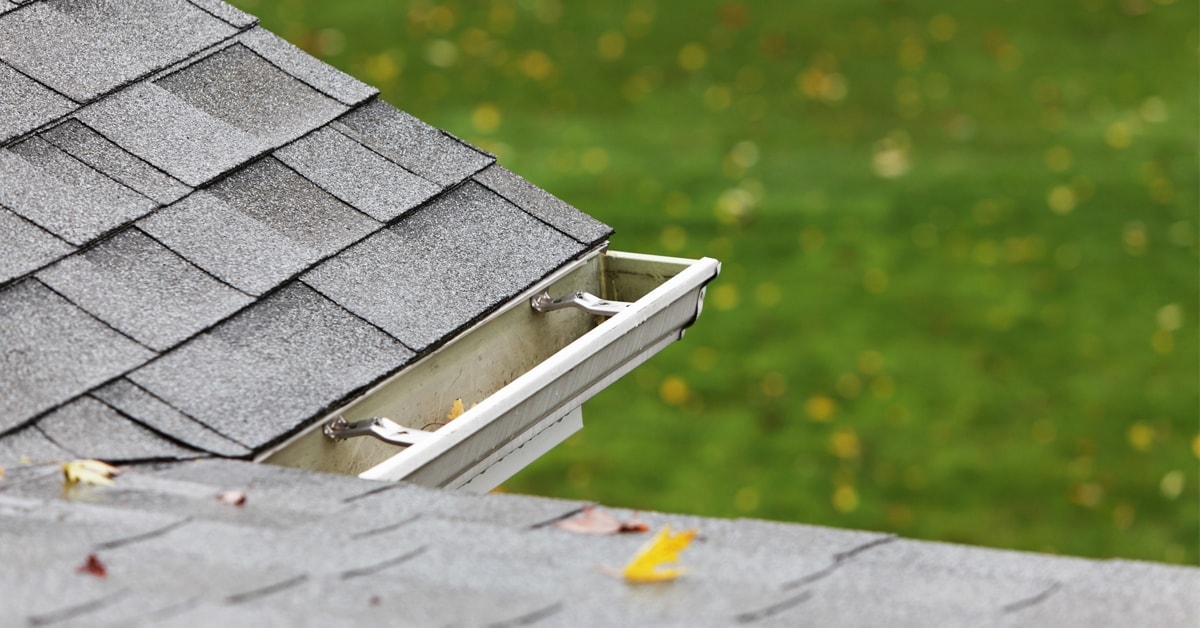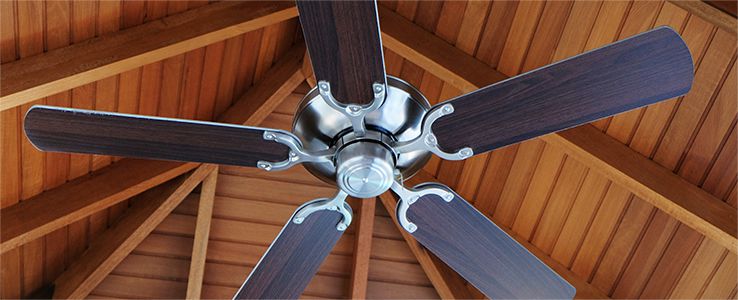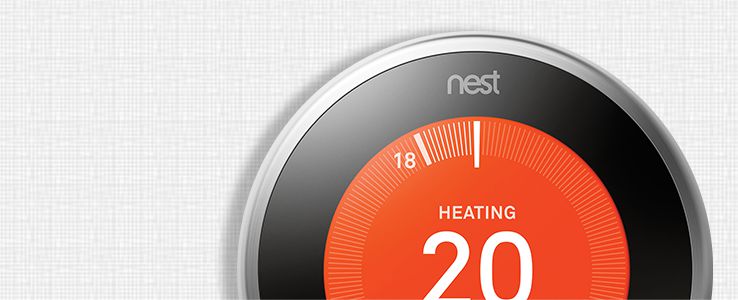Install Programmable or Smart Thermostats
A programmable or smart thermostats helps reduce energy costs by allowing the user to set the temperature depending on family needs or the time of day.
- For example, the thermostat can be set to lower the temperature automatically during the day while everyone is out and raise it again in the evening.
- Set it to lower the temperature at night and raise it to a comfortable level in the morning. Air conditioning systems can also be pre-programmed in the same way.









